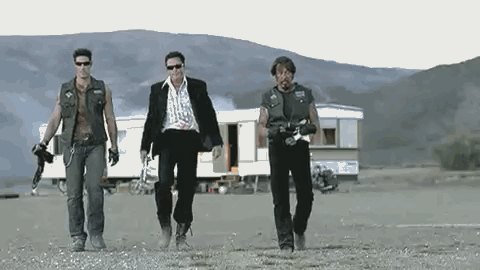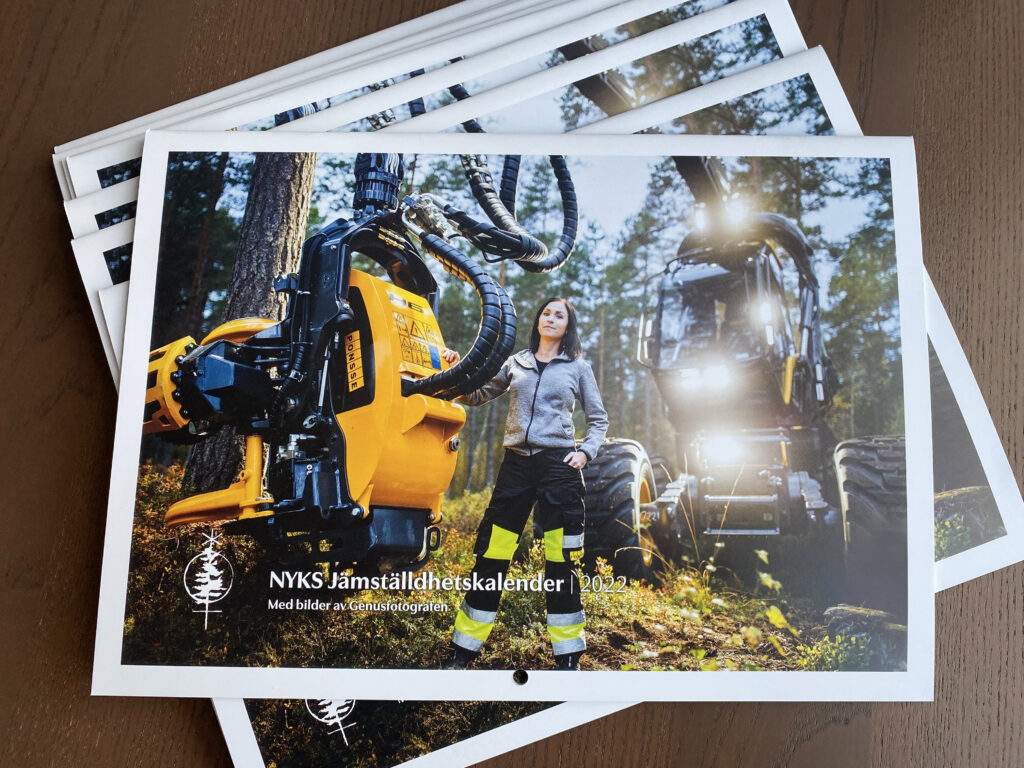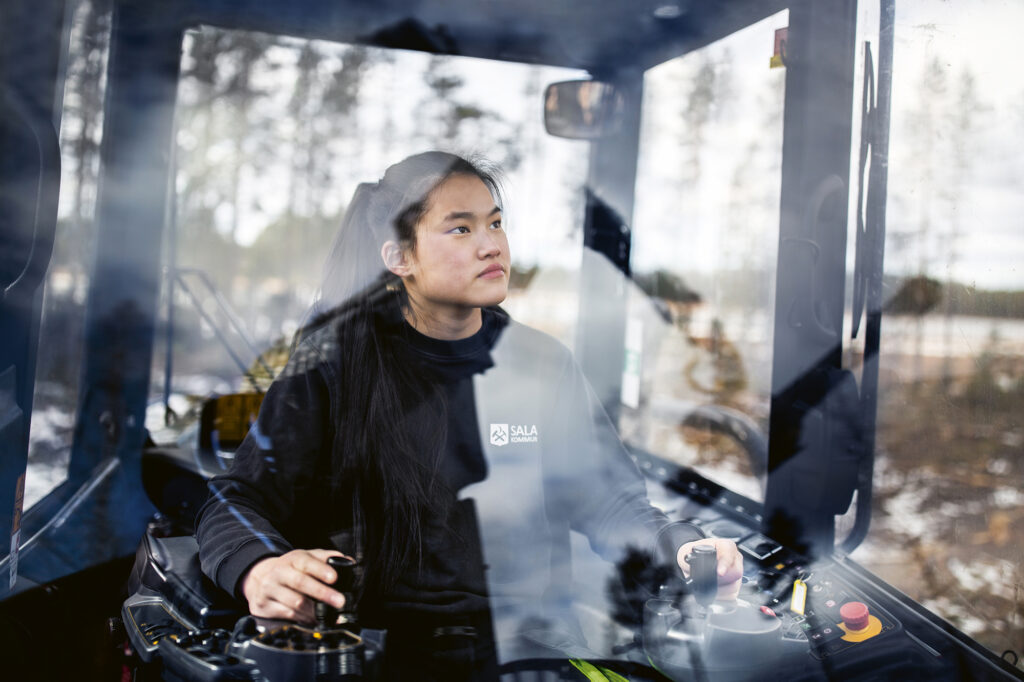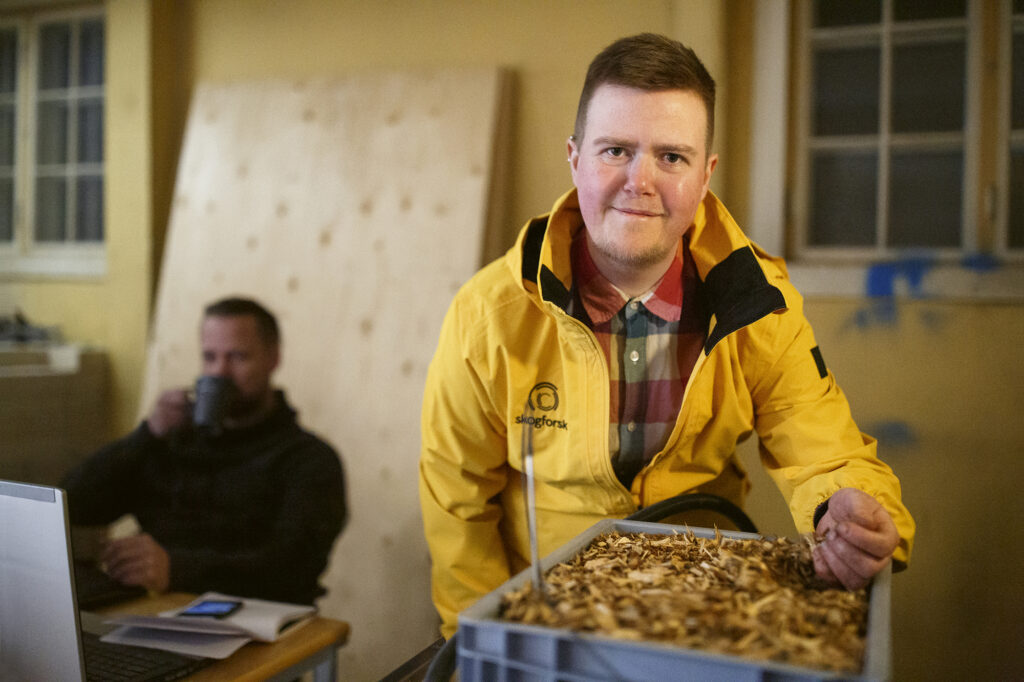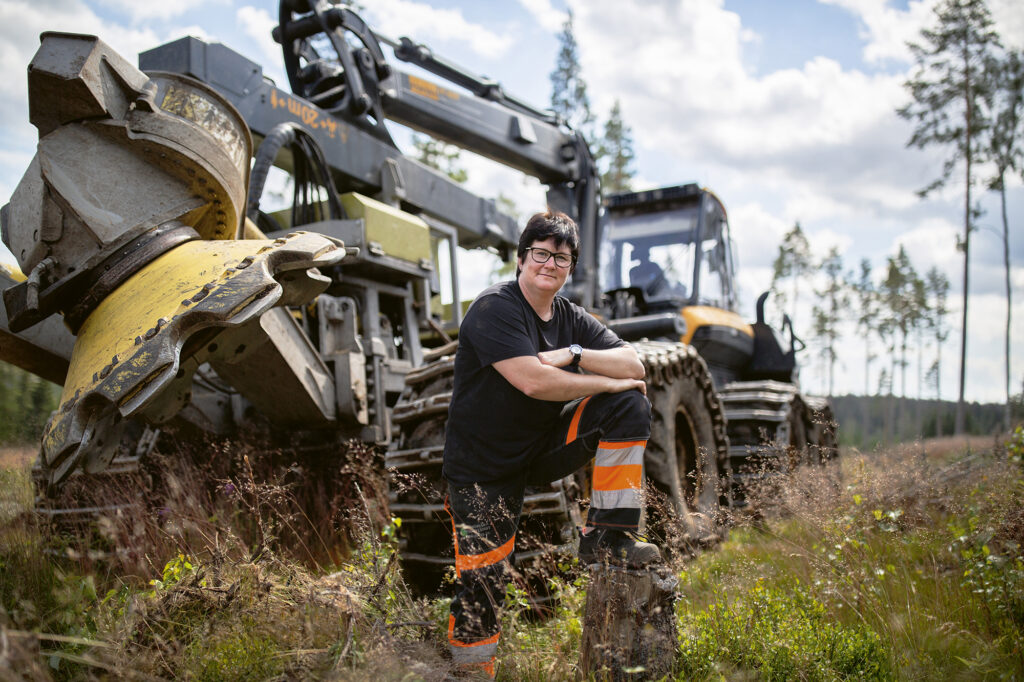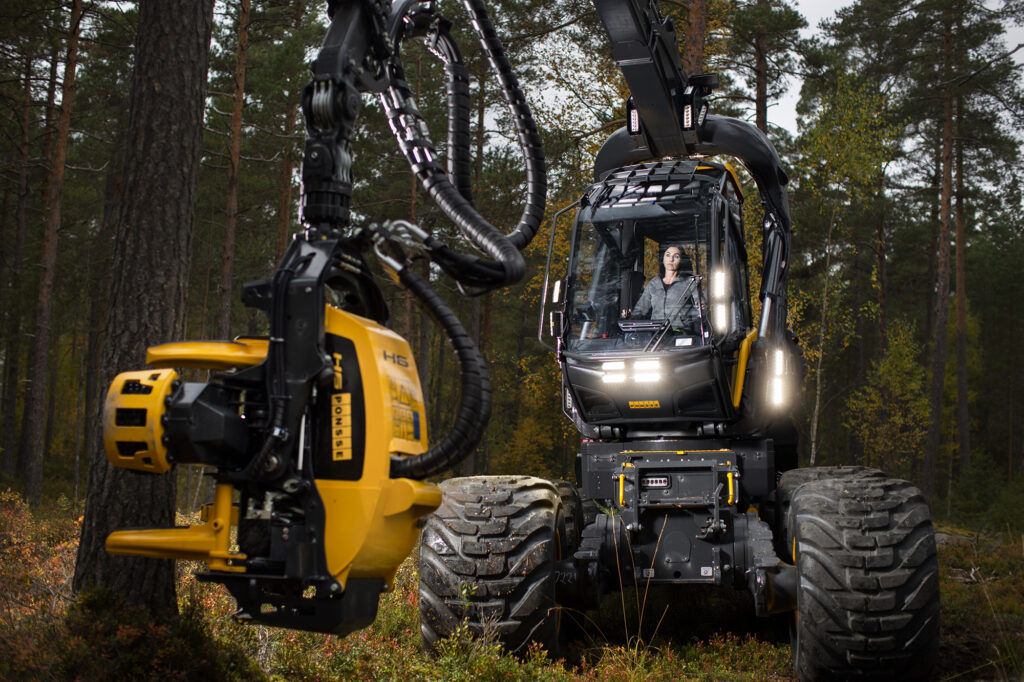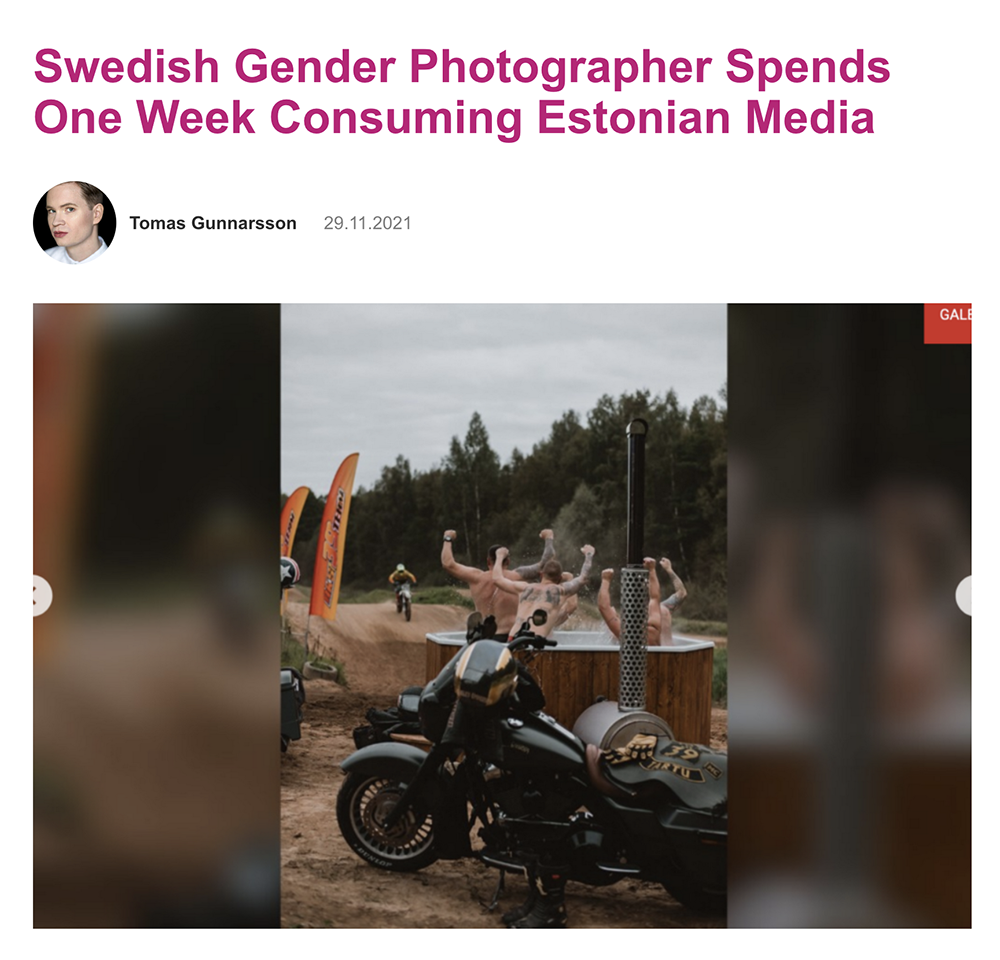Right in time for the 10th year anniversary of this blog, I have once again been threatened with legal actions and had to pay damages for something most people would think is legal to do. As a result, I need to find two news anchors (from any country) that can help me reconstruct a censored image.
People usually pay me to analyze their pictures. But sometimes It’s me who has to pay.
Recently, I transferred 1,000 euro to a German law firm that would otherwise sue me on behalf of an American photo agency because I without permission used and criticized their photographers’ picture on my blog.
I got away cheap. If I had refused to pay and let the dispute go to court, the legal costs could have landed at up to 28,500 euro, a lawyer I consulted estimated.
… Slightly more than the 13,400 euros I could have ended up paying if I had lost in Svea Court of Appeal to the association that sued me for criticizing a photo from their cave-diving themed pinup calendar. (Don’t ask.) Significantly more than the 1,440 euros I had to pay the photographer behind the photos of the chef Louise Johansson drinking water from a dishwasher hose in Arlanda Express’ customer magazine. And who knows what an actual court would have thought of Fisk og Fri’s demand that I should pay 4,000 Danish kroner a day until I wiped their fish porn from my blog. (Finish eating before you click on the link.)
So, what’s the latest image I’ve had to take down or censor on my blog?

You’re welcome: image criticism without images.
A portrait in Vanity Fair of the news channel MSNBC’s talk show hosts Mika Brezinski and Joe Scarborough, taken by the photographer Mark Seliger.
Two news anchors. One sitting on a chair with his legs comfortably crossed. The other one posing on a table (of the butcher bench type), in high stiletto heels and some sort of acrobatic pinup pose, turning her head to cast an admiring or flirtatious look at her colleague.
The agency August and their German lawyers at first demanded 2816,40 euros for my unauthorized publishing and criticism of this photo in my post Happy bodies help against nude shocks. After two months I managed to negotiate down the damages. But I did not succeed in convincing them that I should be allowed to use the image.
But why should I? Why should I be allowed to analyze a photo that isn’t mine (without paying)?
Well, because criticism is enshrined in both American (through the Fair Use doctrine) and European law as an important exception where it should be possible to use already published works of art, with or without the author’s permission. To balance copyright against freedom of expression. And in order for claims of copyright infringement not to be used to silence and censor information, debate or criticism that is in the public interest. (And to financially damage critics.)
In Sweden, however, there is a demarcation that becomes more absurd with each passing year.
This is what it still looks like in our Copyright Act, in 2022:
Article 23. Works of fine art which have been made public may be reproduced
1. in connection with the text in a non-commercial scientific presentation;
2. in connection with the text in a critical presentation, but not in digital form
OK, the Boomer law.
How could it turn out like this? That we in the country with the world’s oldest press freedom ordinance and a proud history of safeguarding freedom of expression have a law that encourages image criticism in the press but not cyberspace – where most of the debates, analyses and criticism takes place today?
Answer: The legislation was written back in 2003.
It was in 2003 that we were to transpose the Information Society Directive into Swedish law; an EU directive that, among other things, outlined which exceptions in copyright law countries could implement. And in a Swedish memorandum it was proposed that “in connection with the text in a critical presentation, works of art may only be reproduced in analogue form”.
Exactly why it was concluded that it would probably be for the best to ban unauthorized image criticism online is not clear. But the decision was made before Facebook (2004) existed. Before Youtube (2005), Twitter (2006) and Instagram (2010). Before social media existed, basically.
But you know what? We can finally correct this mistake this year, if we want to.
A new EU directive on copyright will be introduced into Swedish law. And it says that all member states must assure their citizens that certain exceptions – including for parody and criticism – apply when using online content sharing services. And a new Swedish memorandum proposes that this should be added to the law via a new Section 52.
However, no deletion of that unfortunate anachronistic sentence “but not in digital form” is mentioned, which opens up a new potentially confusing demarcation: will critical analysis of images only be allowed if it takes place on major social media platforms such as Facebook, but not on other kinds of websites like, for example, blogs? The risk is that we would once again limit image criticism – one of media criticism’s most powerful tools – to specific media, instead of just letting criticism completely free.
Given that it may take another twenty years until the next chance to update the law so that it keeps up with technology, I hope that we can look ahead this time. Let 2022 be the year when Sweden legalizes image criticism on the internet!
Until then, I need help with one thing…
Hi!
Do you work as a news anchor or talk show host for a news program on one of your country’s largest TV channels?
Could you and a colleague of another gender consider helping me reconstruct the image from Vanity Fair that I’m no longer allowed to show on my blog?
Note: I will, of course, do a gender-swap; that is, let the man recreate the woman’s pose in the original photo, and vice versa. So, as a male news anchor, look extra closely at the picture and think about how agile you are.
Volunteers are welcome to contact me at tomas.gunnarsson@genusfotografen.se
E-greetings,
Tomas
Bonus read:
The agency August and their German lawyers threatened to sue me in German court – something the lawyer I consulted believed could become a reality. I did not even bother to refer to Swedish legislation, since a trial in Swedish court would mean a rock-solid loss.
Instead, I tried to meet them half-way. I suggested that I keep the image on the blog, but correct a mistake they rightly pointed out: not naming the photographer. When they said no, and insisted that I sign a contract where I undertake never to publish the image again, I suggested another solution: that I should pay a sum as compensation for having omitted the photographer’s name, but upon payment get permission to analyze the image on my blog anew.
When the answer still was no, I at the end paid and signed their contract, and sent it by email – even though they would first wanted it via… fax.



